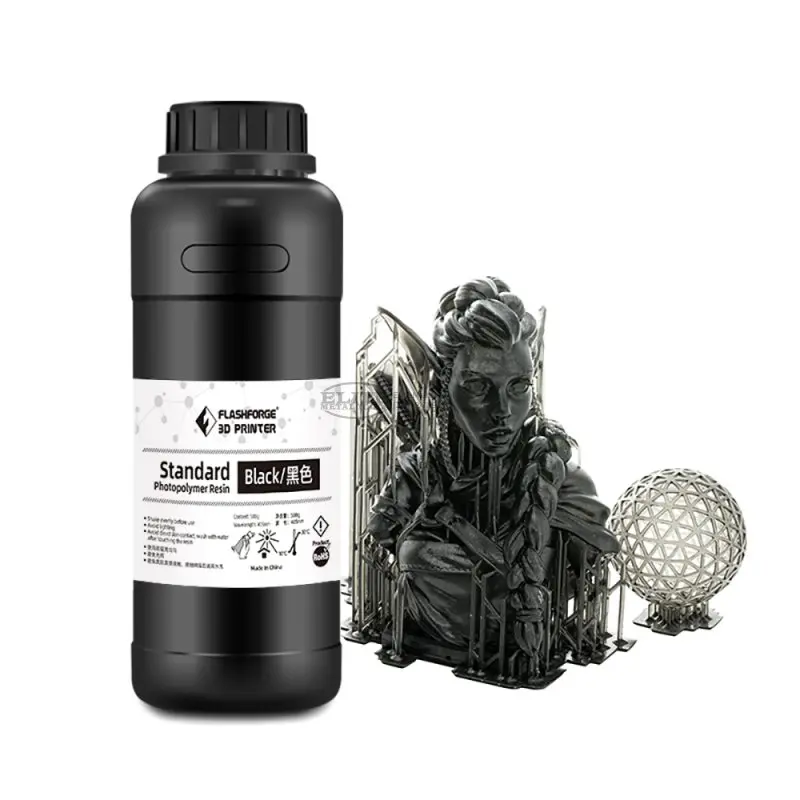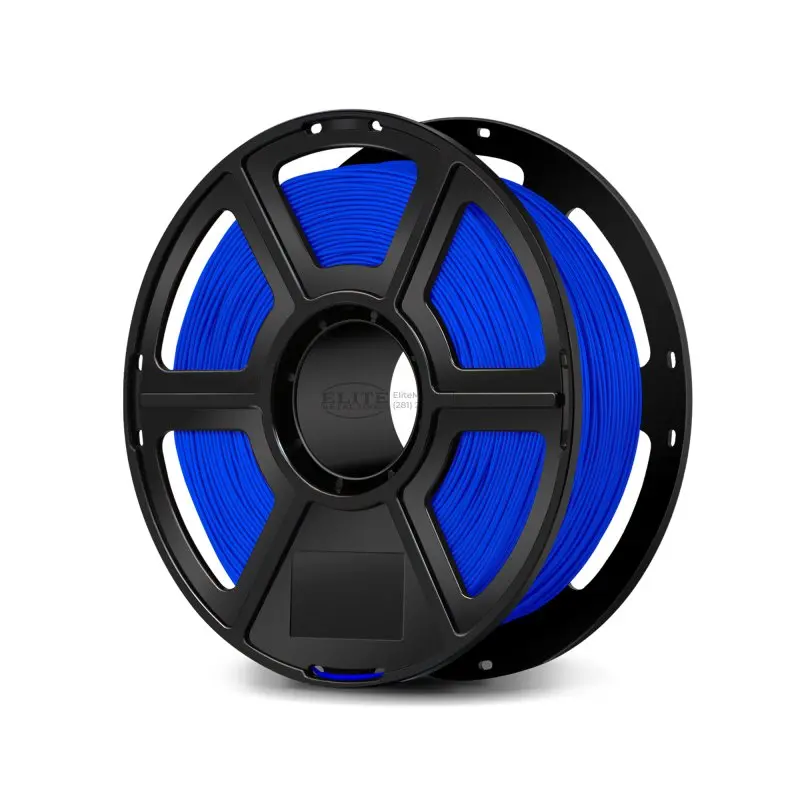Elite Metal Tools Articles
Industry news, tips, and updates on all things Elite Metal Tools
3D Printing Filaments and Resins - Let's Learn About
A Comprehensive Guide to 3D Printing Filaments and Resins: Choosing the Right Materials for Your Projects
Introduction: 3D printing has revolutionized various industries, allowing for rapid prototyping, manufacturing, and creative expression. However, the choice between 3D printing filaments and resins can significantly impact the quality, application, and cost-effectiveness of your projects. In this guide, we will explore the differences between filaments and resins, their applications, and the latest innovations in 3D printing materials.
Understanding 3D Printing Filaments: 3D printing filaments are the most commonly used materials in the industry. They are typically made of thermoplastics and are available in various types. Among the most popular filament materials are:
PLA (Polylactic Acid): PLA is biodegradable, easy to print with, and suitable for various applications, including rapid prototyping, hobbyist projects, and educational purposes. It offers good print quality and is available in a wide range of colors.
ABS (Acrylonitrile Butadiene Styrene): ABS is known for its toughness, durability, and resistance to high temperatures. It is commonly used in functional prototypes, automotive parts, and electronic enclosures. However, it requires a heated print bed and adequate ventilation due to its emission of potentially harmful fumes during printing.
PETG (Polyethylene Terephthalate Glycol): PETG combines the ease of printing with PLA and the strength of ABS. It is less prone to warping and offers excellent layer adhesion, making it suitable for mechanical parts and functional prints.
Exploring 3D Printing Resins: Unlike filaments, 3D printing resins use photopolymerization to solidify under a UV light source. This process allows for more intricate and detailed prints, making resins ideal for applications that require high precision. Some common types of 3D printing resins include:
Standard Resin: Standard resins are versatile and can be used for various applications, such as jewelry, miniatures, and dental models. They offer a smooth surface finish and fine details./product/17260
Flexible Resin: Flexible resins are designed to produce rubber-like prints with high elasticity. These resins find applications in engineering projects, prosthetics, and wearable devices.
Tough Resin: Tough resins offer high impact strength and durability, making them suitable for functional prototypes and engineering parts that require resilience.
Comparing Filaments and Resins: The choice between filaments and resins depends on the specific requirements of your 3D printing project:
Strength and Durability: Filaments like ABS and PETG are known for their toughness and ability to withstand mechanical stress, making them suitable for functional prototypes and end-use parts. On the other hand, resins like Tough Resin offer comparable strength but with added precision for intricate designs.
Surface Finish and Aesthetics: Resins generally offer smoother and more detailed surface finishes than filaments. If aesthetics and fine details are crucial for your project, resins might be the better choice.
Print Speed and Complexity: Filaments are generally faster to print than resins, especially for larger models. Resin prints, however, can be more complex and time-consuming, requiring multiple steps like post-curing and support removal.
Applications of Filaments and Resins: Both filaments and resins have their respective applications, and choosing the right material depends on the specific project requirements:
Filament Applications:
-
Rapid prototyping and concept validation
-
Functional parts and components
-
Customized household items and decorations
-
Large-scale prints for architecture and art projects
Resin Applications:
-
Jewelry design and manufacturing
-
Dental models and medical devices
-
Miniatures and collectibles for gaming and entertainment
-
Engineering prototypes and intricate designs
Real-World Examples: For the automotive industry, ABS filament is commonly used for prototyping functional car parts, while resin is preferred for producing intricate dashboard displays and interior components.
Sustainable 3D Printing: Environmental Considerations: Sustainability is a growing concern in 3D printing, and both filaments and resins have their eco-friendly options:
Filament Sustainability: PLA is the most popular environmentally friendly filament, as it is derived from renewable resources like cornstarch or sugarcane. Some manufacturers are also producing filaments from recycled plastics, reducing the carbon footprint.FlashForge 1.75mm Blue ABS 3D Printer Filament 1kg Spool
Resin Sustainability: Biodegradable resins are becoming more accessible, offering eco-friendly alternatives for certain applications. However, the curing process might still require UV light exposure, which could be energy-intensive.
Minimizing Waste: Regardless of the material, optimizing print settings and reducing support material usage can help minimize waste and improve sustainability.
Innovations in 3D Printing Materials: The 3D printing industry is constantly evolving, and material manufacturers are continuously introducing new and improved options:
Filament Advancements: Some companies are developing filaments with advanced properties, such as increased strength, enhanced heat resistance, and improved printability.
Resin Formulation: Research in resin formulation focuses on improving properties like flexibility, elongation, and curing times, broadening the range of possible applications.
Materials on the Horizon: Researchers are exploring innovative materials like conductive filaments and bio-printable resins, which could open up exciting new possibilities in 3D printing.
Troubleshooting 3D Printing: Tips and Tricks: No matter which material you choose, 3D printing can present challenges. Here are some tips to overcome common issues:
Filament Troubleshooting: Addressing issues like warping, stringing, and adhesion problems with proper temperature and print bed adjustments.
Resin Troubleshooting: Dealing with resin spills, print failures, and support removal effectively.
Maintenance and Storage: Properly storing both filaments and resins to extend their shelf life and maintain print quality.
Conclusion: As the 3D printing industry continues to evolve, choosing the right materials is critical to unlocking the full potential of this technology. Filaments and resins each offer unique benefits and limitations, making them suitable for different applications. By understanding their properties and staying updated on the latest innovations, you can make informed decisions to create outstanding 3D prints for your projects.
Remember to consider factors such as print complexity, strength requirements, surface finish, and sustainability concerns when selecting between filaments and resins. By choosing the most suitable material for each project, you can elevate your 3D printing endeavors and achieve exceptional results in your creations.

